Summiting Ventoux, and the war to come

In one of the last scenes of The West Wing, Abbey walks up to now former president Bartlett on Air Force One and asks, “what are you thinking about?” He pauses for a moment, looking out the window. “Tomorrow.”
When I set out to prepare for grad school back in March, I had some broad stroke goals to start. I wanted to relearn math and python, try and do some coding. I wanted to try and figure out how machine learning models actually work and try and build my own. I set ambitious goals to build my own deep neural networks and try to fine tune train an LLM. Here’s what it a timeline looks like for what has and will happen. This all started with the death of Mao-Lin's mother, Kitty, on January 1st:
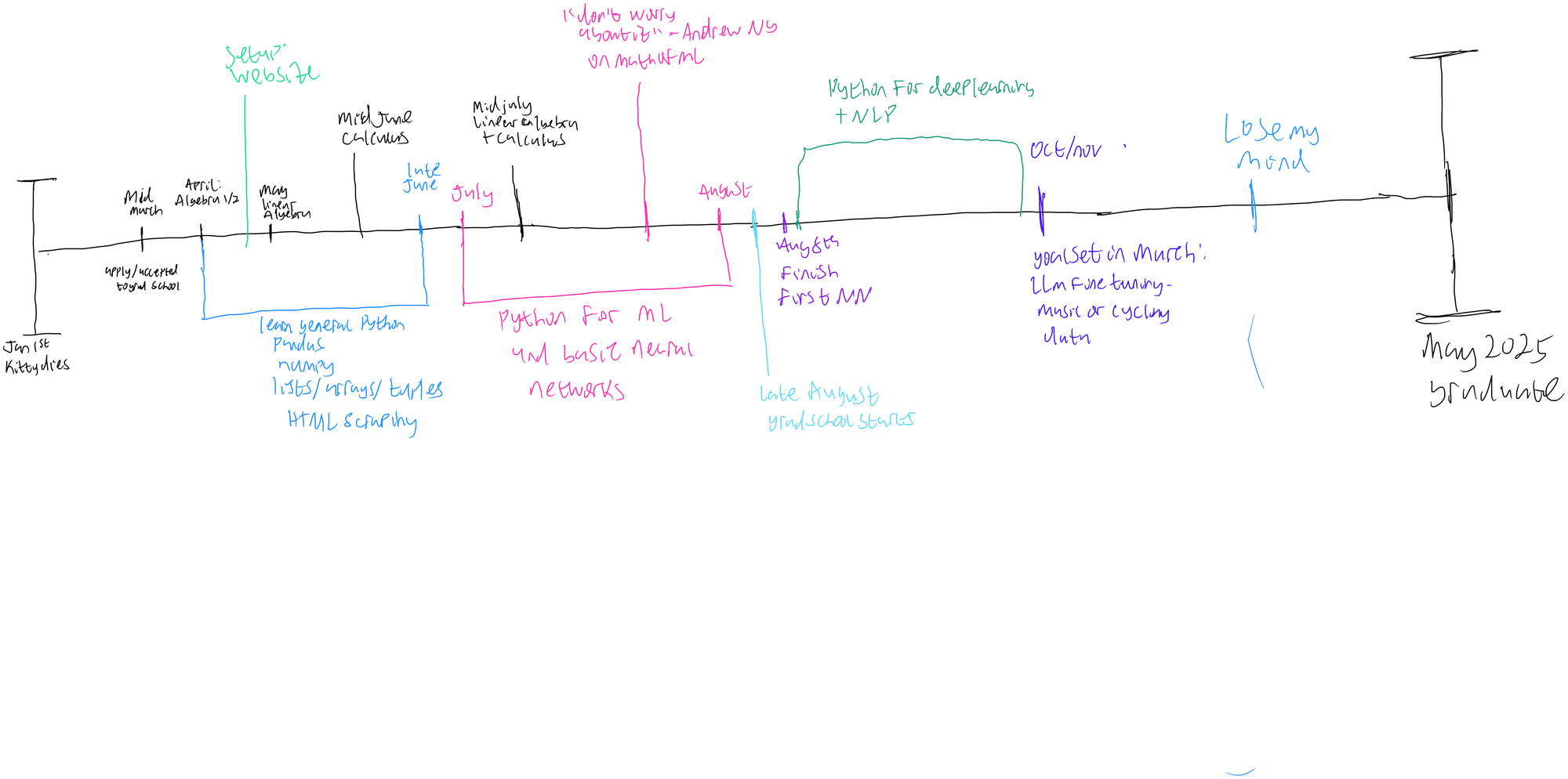
The Model Lifecycle
This is what a typical machine learning or deep learning project lifecycle looks like. It's not uncommon to go around a bunch of times before you decide you're satisfied. Most models (including mine) fail or underperform or otherwise behave in ways you don't like the first time. You want to take your time and get it right, even if it means changing the model entirely. You're going to do a whole lot of messing around and then a whole lot of finding out.
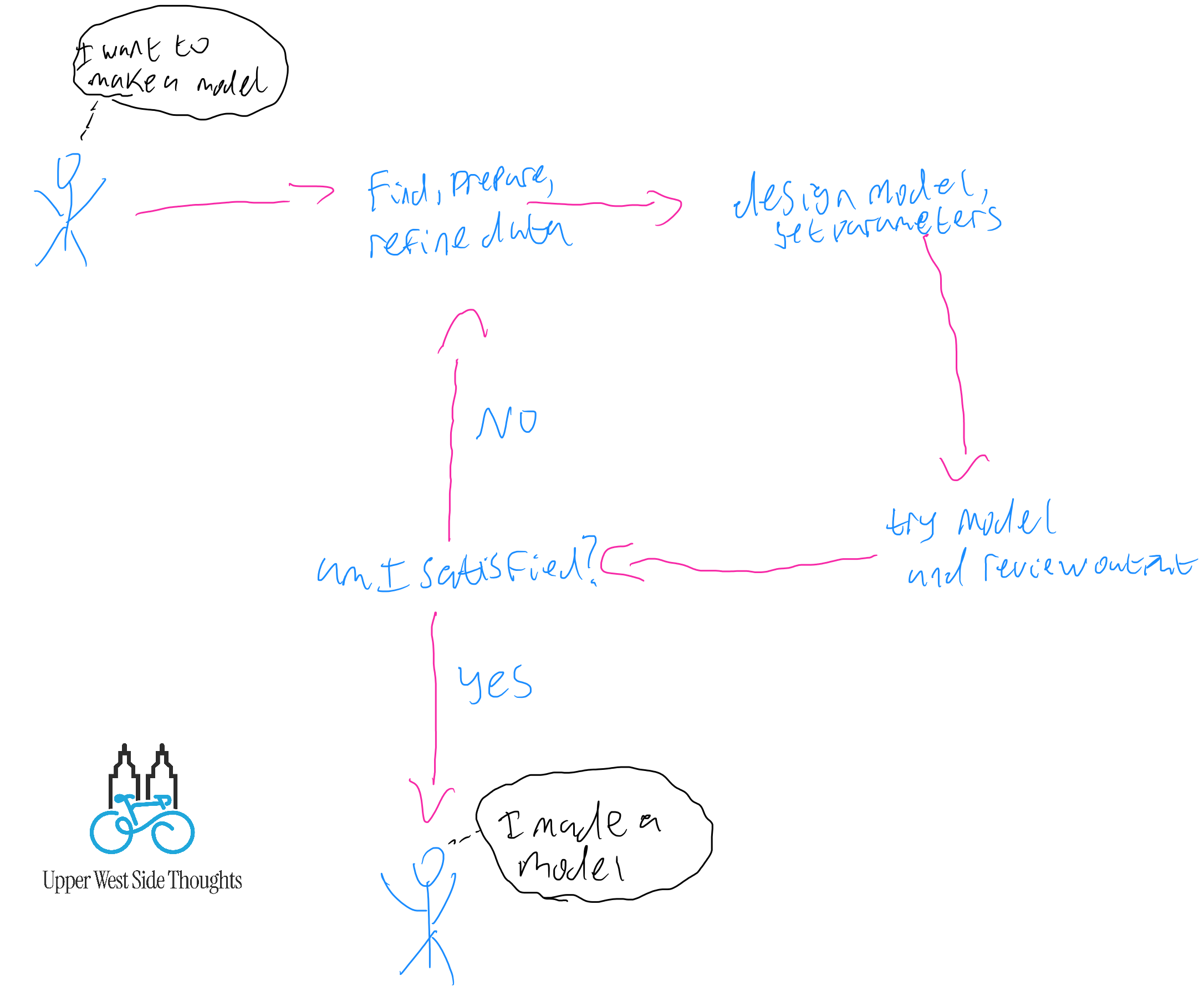
Finishing and releasing the training metrics of my first model is a really big milestone for me and sets the scene for what’s to come. Project Ventoux comes to an end as I return back to the beginning and figure out what the work product of Project Dolly Shield will be.
What my model looks like
Despite what the handwriting suggests, this was drawn by a real life adult male. 4 types of data go in (those four colors on the left-ish side), and three numbers eventually come out (those three colors on the right).

What is a hidden layer?
A lot of deep learning terms come from neurology, which isn't fair to neurology or the study of the human brain. The human brain is one of the single greatest things to ever be made and ChatGPT struggles with math so maybe we should simmer down?
Anyway. Hidden layers. The drawing below is a visual support for this. I want you to imagine you're playing frisbee with a friend and they throw it down the field. You're standing where you're standing and you need to figure out how fast to run and at what angle to be able to intercept the frisbee before it hits the ground. This process, all those calculations being down, are hidden layers. This is math you could probably not write out or explain beyond concept, but it works and part of human nature is being able to understand it. In a neural network, a hidden layer is all the calculations that can't be explain but it's doing something important.
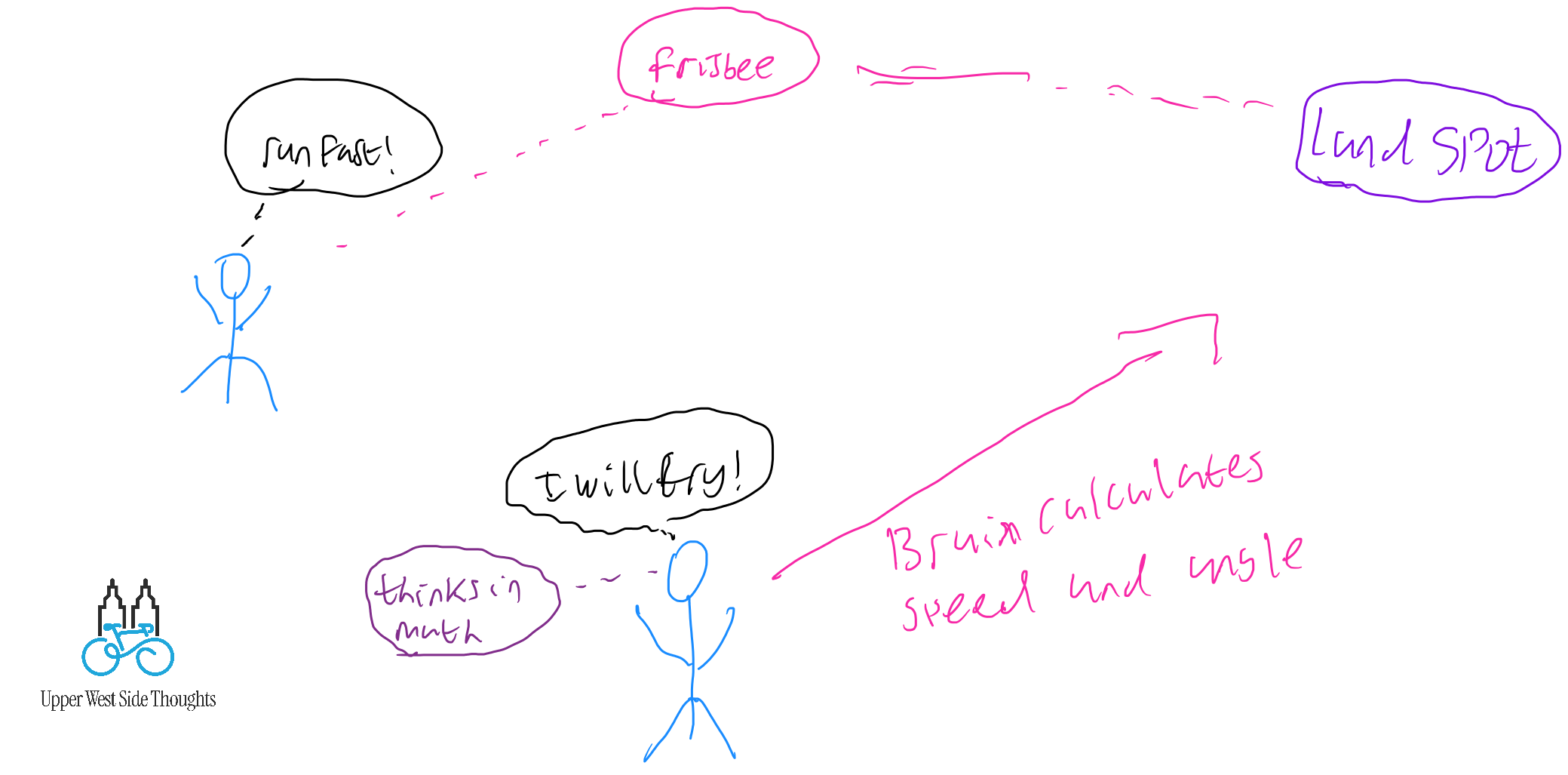
More specifically: it's taking data as an input (frisbee thrown) and, with a known outcome (you want to reach the frisbee), it determines what combination of the data with that input achieves the output. You do not tell it to calculate the square root of this and divide that other number by that random fraction floating around.
Some Model Results
Below is a CodePen embed where I've housed different metrics produced by tensor flow while my model was training. These results aren't too bad overall. The charts all vaguely go in the right direction. If I had more time or more skill in front end coding, I could make it a bit prettier. I had to find the intersection of easy to stand up, not a complete time suck, and could render decently on this site.
I’ve been playing around with the predictions and they’re all over the place at times. This model represents a ton of work and there will be more to come.
The reality is that I’ve only been working with a subset of my data: songs that have Beatport points, which is around 100k songs of the 600K+ more I have data on. It becomes even more if I start working with songs beyond the house snd techno scene (ugh). This model, with some small adjustments (he says, preparing to lose his mind) can expand to all those songs. Then there will be the natural language and audio processing components, since I have my own MIDI and WAV files I want to figure out how to use. I’m satisfied with this being where I declare victory on Project Ventoux, knowing Dolly Shield will be its own beast.
Confusion Matrices
These aren't as scary as they need and you don't need to know anything about math or really anything else to be able to understand them.
The x-axis on each chart is what the model predicted, with each BPM group ID representing a range of song BPMs (so like 120-130, etc) and each genre ID representing a genre from Beatport.The encoding process turned them from values that are the actual IDs into something else but it ties back.
So, lol: for BPM group, my model only predicted value 4, which is 120-130 BPM. It accidentally got a lot of them right because a long of songs fall in this range. Why did it only predict one value? Great question. IDK, tbd.
A similar lol: it only predicted one genre ID when, as you can see by looking along the y-axis, there's more than one value.
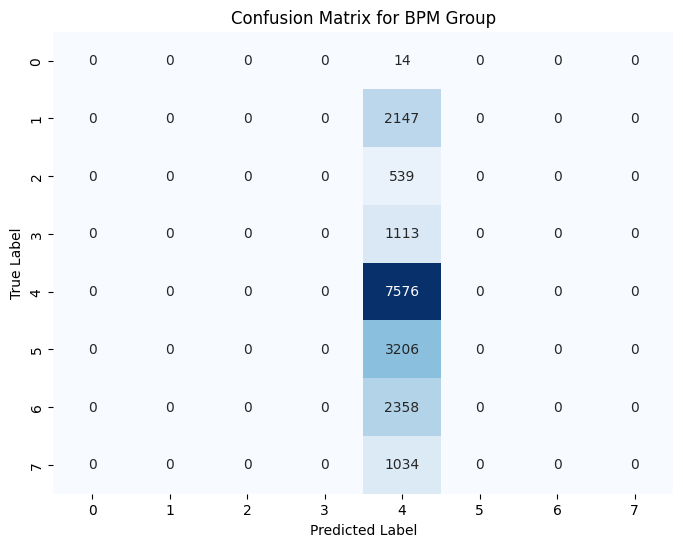
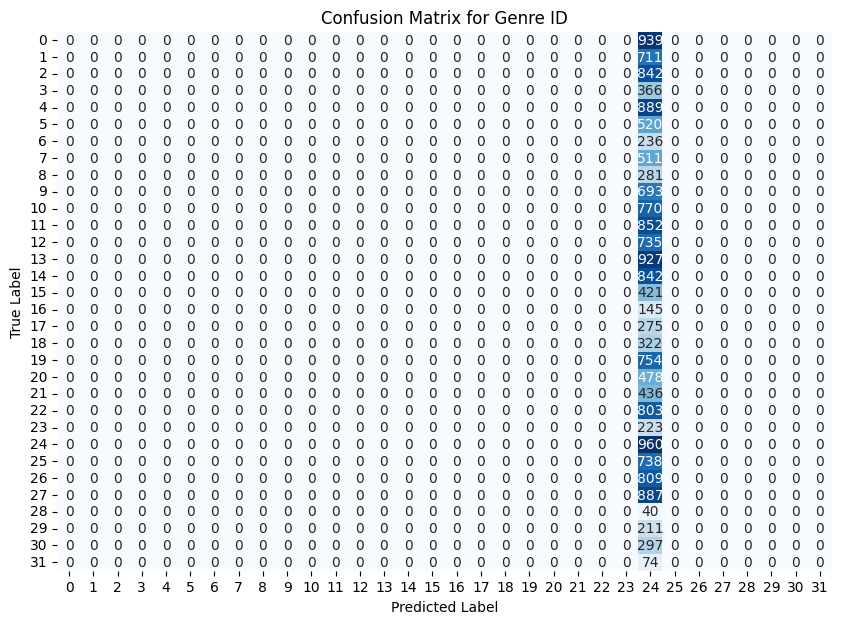
This is a model working exactly as intended and is ready for public launch
The war to come
Figuring out everything that worked and didn't and charting a path forward is the war to come.The battle that's known, yet beyond line of sight. In the early days of Game of Thrones, as everyone was nervous and battle lines were being drawn along shifting alliance lines, they always talked of the war to come. The great shadows of our mind are the traps for which we easily fall prey. Optical illusions abound; fate is tempted and undermined. The hardest part is finding the strength to keep going, despite setbacks. History is written by the winners, not those who just tried. We stopped giving A's for a job well d
As I close out Project Ventoux and look towards Project Dolly Shield, I want to leave you, the reader, whoever you are, wherever you are (maybe a beach in Bali? idk), with one final piece of advice: don't give up. This model was a mix of success and failure, with solid performance metrics during training but outcomes indicative of something going wrong somewhere. You see what's going on and go back to the beginning.
Everything I've been talking to you about is really hard at first, with the pool of despair just off to the side. Algebra? Calculus? Probability? You will find the limit of the probability of you losing your mind, that's for sure. Just keep going, piece by piece. You'll come out the other side, I promise. Either that, or people you don't like will write the story of your life. Do you want to be defined by what could have been or write the story that someone sees as a gold standard? The future is here.
What are you waiting for?









